What is Truvada (emtricitabine / tenofovir disproxil) for?
Truvada (emtricitabine / tenofovir disoproxil) is an antiviral medicine used in combination with at least one other antiviral medicine to treat adults infected with human immunodeficiency virus type 1 (HIV-1), a virus that causes acquired immune deficiency syndrome (AIDS)[1].
It is also used to help prevent sexually transmitted HIV-1 infection in adults who are at high risk of being infected (PrEP – pre-exposure prophylaxis). It is recommended for use in combination with safer sex practices, such as the use of condoms[1,2], which may protect against other sexually transmitted infections (STIs) as well as against HIV infection.
How does Truvada (emtricitabine / tenofovir disproxil) work?
Each tablet of Truvada (emtricitabine / tenofovir disoproxil) contains two active substances, emtricitabine (200 mg) and tenofovir disoproxil (300 mg[4,5], 245 mg[3] or other[4]).
Inside the body, tenofovir disoproxil is converted into the active substance tenofovir. Tenofovir and emtricitabine block the activity of the enzyme made by the virus to reproduce itself in the cells it has infected.
For the treatment of HIV-1 infection, Truvada, taken in combination with at least one other antiviral medicine, reduces the amount of HIV in the blood and keeps it at a low level. It does not cure HIV infection or AIDS, but it can prevent damages to the immune system and the development of infections and diseases associated with AIDS[1].
For HIV-1 infection prevention (PrEP), it is expected that Truvada in the blood will stop the virus from multiplying and spreading from the site of infection in case the individual is exposed to the virus[1].
Both active substances have been widely authorised separately since the early 2000s[1,6,7].
Where has Truvada (emtricitabine / tenofovir disproxil) been approved?
Truvada (emtricitabine / tenofovir disproxil) was approved for the treatment of patients infected with human immunodeficiency virus type 1 (HIV-1) by, among others:
- Food and Drug Administration (FDA), USA, August 2, 2004[2]
- European Medical Agency (EMA), European Union, February 21, 2005[1]
- Therapeutic Goods Administration (TGA), Australia, September 22, 2005[8]
Approximately 10 years later (2012 by the FDA[9], in 2016 by the EMA[10] and TGA[11]) the approval has been extended to the use as pre-exposure prophylaxis (PrEP) in combination with safer sex practices to reduce the risk of sexually acquired HIV-1 in adults at high risk.
Please note that this medicine may have also been approved in other regions than the ones we’ve listed. If you have a question about its approval in a specific country feel free to contact our support team.
How is Truvada (emtricitabine / tenofovir disproxil) taken?
The standard FDA dosage is[4]:
-
in adults and pediatric patients weighing more than or equal to 35 kg: one tablet 200 mg/ 300 mg of emtricitabine and tenofovir disoproxil fumerate once daily (equivalent to 200 mg emtricitabine/ 245 mg tenofovir disoproxil)
-
in pediatric patients weighing greater than or equal to 17 kg and able to swallow a whole tablet: one low strength tablet (100 mg/150 mg, 133 mg/ 200 mg, or 167 mg/ 250 mg based on body weight) once daily.
The TGA standard dosage is[5]:
-
1 tablet 200 mg emtricitabine/ 300 mg tenofovir disoproxil fumerate once daily (equivalent to 200 mg emtricitabine/ 245 mg tenofovir disoproxil).
The EMA standard dosage in adults and adolescents aged 12 years and older is[6]:
-
1 tablet 200 mg emtricitabine/ 245 mg tenofovir disoproxil once daily (equivalent to 200 mg emtricitabine/ 300 mg tenofovir disoproxil fumerate).
Warning: The kidney function should be monitored in all patients. Patients using Truvada for PrEP should be tested for HIV infection every 3 months.
Warning: Truvada (emtricitabine / tenofovir disproxil) used for a PrEP indication must only be prescribed to individuals confirmed to be HIV-negative immediately prior to initial use and periodically during use. Drug-resistant HIV-1 variants have been identified with the use of Truvada (emtricitabine / tenofovir disproxil) for a PrEP indication following undetected acute HIV-1 infection. Do not initiate Truvada (emtricitabine / tenofovir disproxil) for a PrEP indication if signs or symptoms of acute HIV infection are present unless negative infection status is confirmed.
Complete information about Truvada (emtricitabine / tenofovir disproxil) dosage and administration can be found in the official prescribing information listed in our resources section[3,4,5].
Note: Please consult with your treating doctor for personalised dosing.
Are there any known side effects of Truvada (emtricitabine / tenofovir disproxil)?
Common side effects
The most common side effects in HIV-1 infected patients listed in the prescribing information include[3,4,5]:
- diarrhoea
- nausea (feeling sick)
- fatigue
- headache
- dizziness
- depression
- insomnia
- abnormal dreams
- rash.
The most common side effects in HIV-1 uninfected people (PrEP) listed in the prescribing information include[3,4,5]:
- headache
- abdominal pain
- weight decrease.
Serious side effects
The serious side effects listed in the prescribing information include:
- lactic acidosis and severe hepatomegaly with steatosis, including fatal cases, have been reported with the use of nucleoside analogs, including a component of Truvada
- new onset or worsening renal impairment
- decreases in bone mineral density (BMD)
- immune reconstitution syndrome.

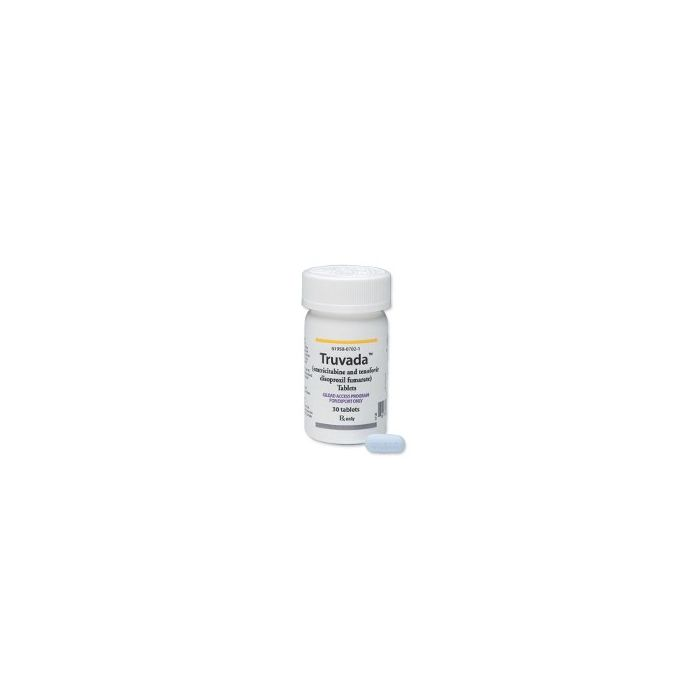
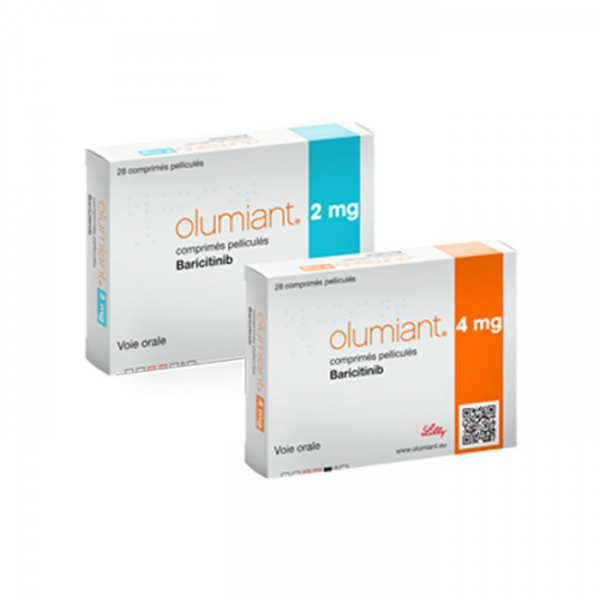

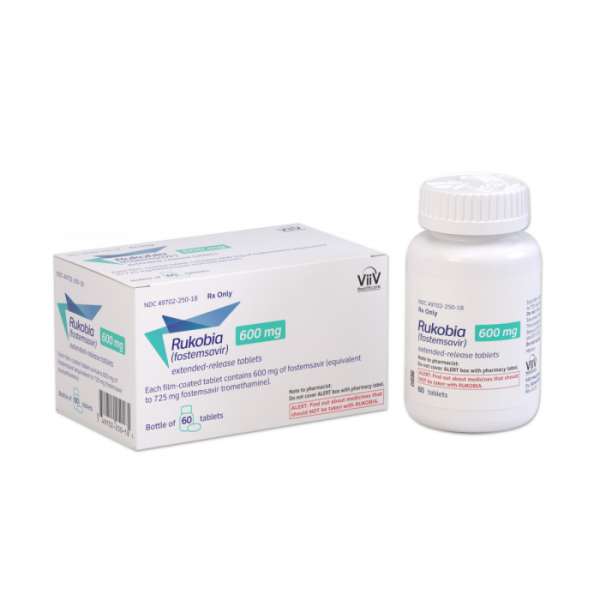
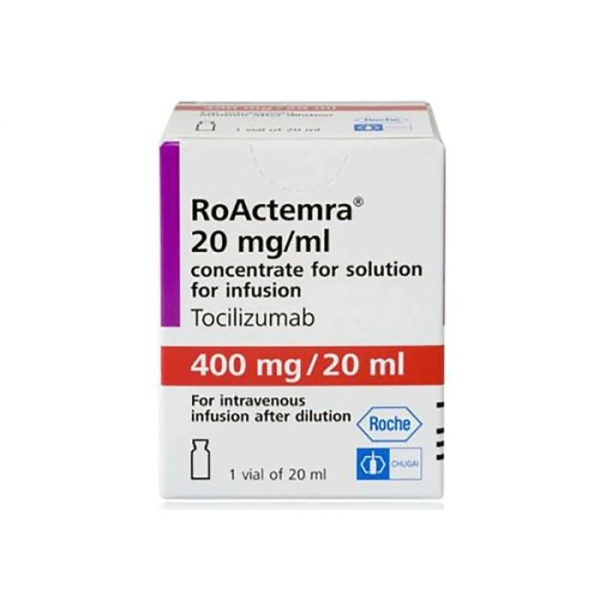
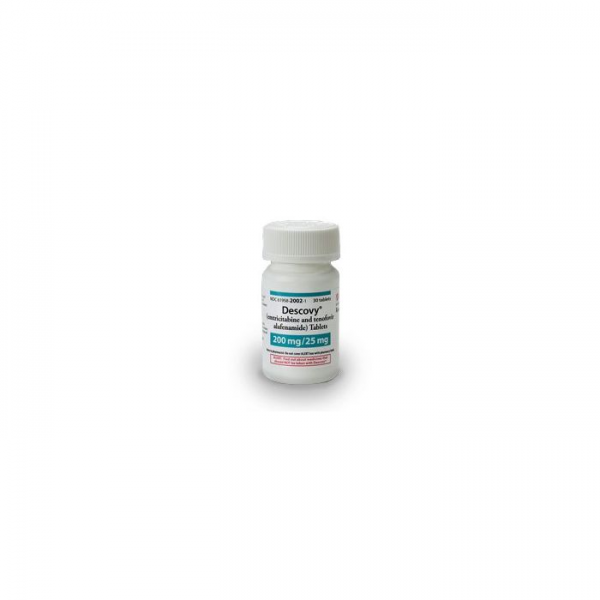
Reviews
There are no reviews yet.